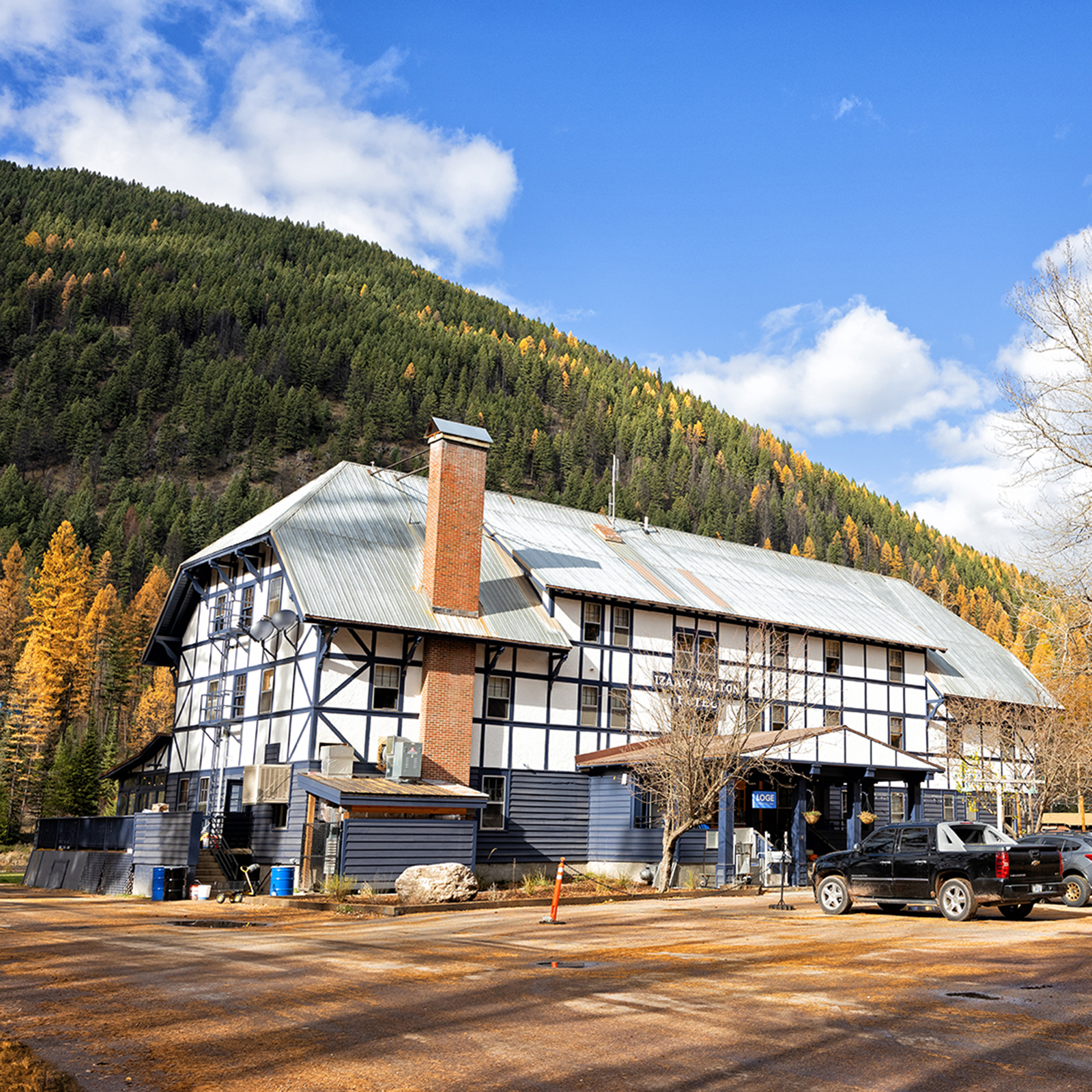Change is hard.
Over the last decade, Northwest Montana has experienced a lot of it. There’s more traffic than there used to be. What was once farmland has become neighborhoods and commercial developments. Old watering holes have closed and reopened with new, unfamiliar looks. Depending on who you talk to, some of that change has been good, while others wish it would all stay the same.
Regardless of one’s perspective, the news in December 2022, that the Izaak Walton Inn — a beloved old railroad lodge turned resort in Essex — had been sold surprised many. Almost immediately, the local rumor mill began to churn out theories about what was going to happen to the lodge on the southern edge of Glacier National Park. Some people heard they were going to turn it into a nudist colony. Others said they were going to knock it all down and start fresh. Those theories only grew wilder when, in the summer of 2023, the new owners closed the inn for renovations.
Now, more than a year after the Izaak Walton Inn was shuttered, it has reopened under a new name — LOGE Glacier — with the hope of regaining its spot as the heart and soul of this quiet mountain community. And while some locals feared the property would change forever, the new caretakers are trying to maintain the inn’s character while also offering a fresh experience.
“We knew we had something special here,” said General Manager Lucas Hillman. “You don’t buy a place like this and then change everything.”
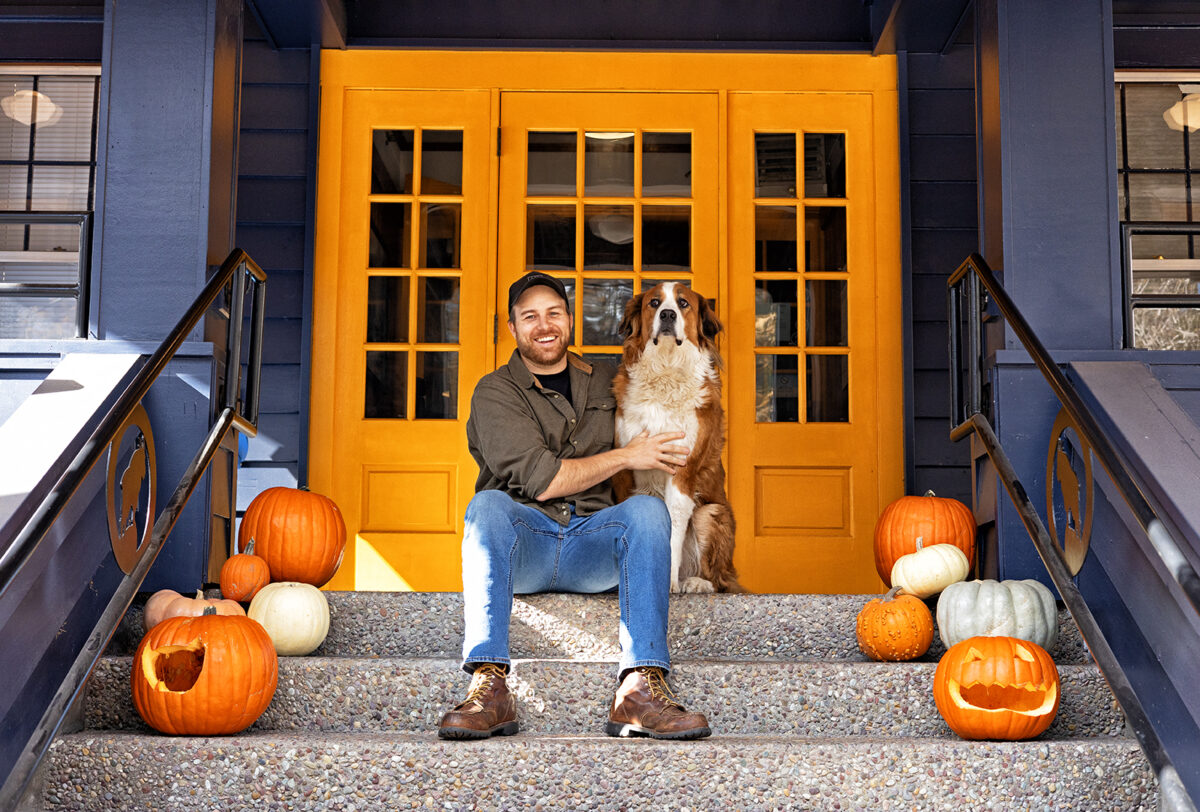
While the Izaak Walton Inn was beloved for generations as a cozy escape tucked into a quiet corner of Northwest Montana — within sight of Glacier National Park but far from the crowds that swarm it every summer — its original purpose was far more practical.
In the 1890s, Essex became a hub of activity along the Great Northern Railway, built to connect the Midwest with the Pacific Northwest. At Essex, the railroad added additional locomotives to trains climbing up the steep grade to Marias Pass, about 17 miles to the east. It also stationed snowplows there to clear the tracks in winter. By the beginning of the 20th century, Essex had a water tower and coal chute to provide fuel to passing steam locomotives, a “turntable” to spin railroad equipment, and a “beanery” to feed and house the 200 or so railroaders who worked there every winter. Unfortunately, in 1935, the hotel and restaurant burned to the ground. Since the country was still in the depths of the Depression, the Great Northern wasn’t too keen on spending more than it needed to; so, instead of rebuilding, it had employees stay in some old boxcars parked on a sidetrack. A few years later, workers were still sleeping in boxcars and the railroad suddenly started having a hard time finding people who were willing to work in Essex in winter, according to a letter written by Great Northern Vice President C.O. Jenks to his superior. “The difficulty in getting experienced men to go into snow service is increasing each year,” he wrote.
In early 1939, the railroad signed an agreement with the Addison Miller Company to construct a hotel and lunchroom next to the rail yard in Essex. It took 12 carpenters three months to complete the inn, which featured 20 rooms across two and a half floors, 10 bathrooms, a lobby, a dining room, and a kitchen with a two-ton stove. Like many of the railroad’s structures near Glacier Park, it was built in the Tudor revival style intended to evoke the mountains of Europe. (In the early 20th century, when the Great Northern played a major role in marketing the park, it often heralded Glacier as the “American Alps” to entice visitors). The new inn, which opened for business on Nov. 16, 1939, was named for Sir Izaak Walton, a popular 17th-century sportsman who authored numerous books on fly fishing.
The inn, with its regal design and grand name, was a major improvement over the boxcars the railroaders were sleeping in the previous winter. But the Addison Miller Company was hoping to attract more than just railroaders, as noted in a 1940 issue of the railroad’s own magazine.
“Travelers, particularly fishermen and hunters, seeking clean and comfortable accommodations away from the crowds, will find the Izaak Walton Hotel to their liking,” the magazine reported. “The Flathead River, right at the rear of the hotel, affords good trout fishing. The surrounding mountains abound in wild game and provide skiing, tobogganing and skating in the many lakes in this region for those seeking winter sports.”
At the time, single rooms without baths were $1.50 per day, while a double room with a bath cost $3.50 per day.
According to local legend, one of the reasons Essex was an ideal spot for a new hotel was the rumor that the National Park Service was preparing to build a new road into the heart of the park from there. Of course, that road was never built and it’s unclear how accurate the legend is, especially considering that by the late 1930s, the National Park Service was growing cool to the idea of building more roads into the wilderness.
The Addison Miller Company would operate the inn for 18 years before selling it in 1957. The inn changed hands multiple times through the mid-20th century, eventually ending up with Larry and Lynda Veilleux in the early 1980s. By then the inn was starting to become a popular spot for tourists looking to explore Glacier Park and railroad enthusiasts wanting to watch trains on Marias Pass. The Vielleux family worked hard to expand the inn’s offerings, helping develop cross-country ski trails and leaning into the railroad connection by turning old cabooses into cabins. Railroad memorabilia was also scattered throughout the property and especially on the walls of the inn itself. Every fall, railroad enthusiasts from across the western United States and Canada would gather for a weekend at the Izaak Walton, watching trains by day and gathering to share their results at night. Dubbed “AltaMont” (because the first one mostly attracted fans from Alberta and Montana), the weekend railfan event lasted in Essex until 2011.
In 2006, the Vielleux family sold the inn to Brian Kelly, an ironworker and blacksmith from Chicago. Kelly would operate the inn for 17 years and would go on to acquire other businesses in the area, including the Halfway Hotel in Essex and Eddie’s Cafe & Mercantile in Apgar Village. In early 2022, Kelly put the Izaak Walton up for sale. Nine months later, it sold for a reported $13.5 million to LOGE Camps.
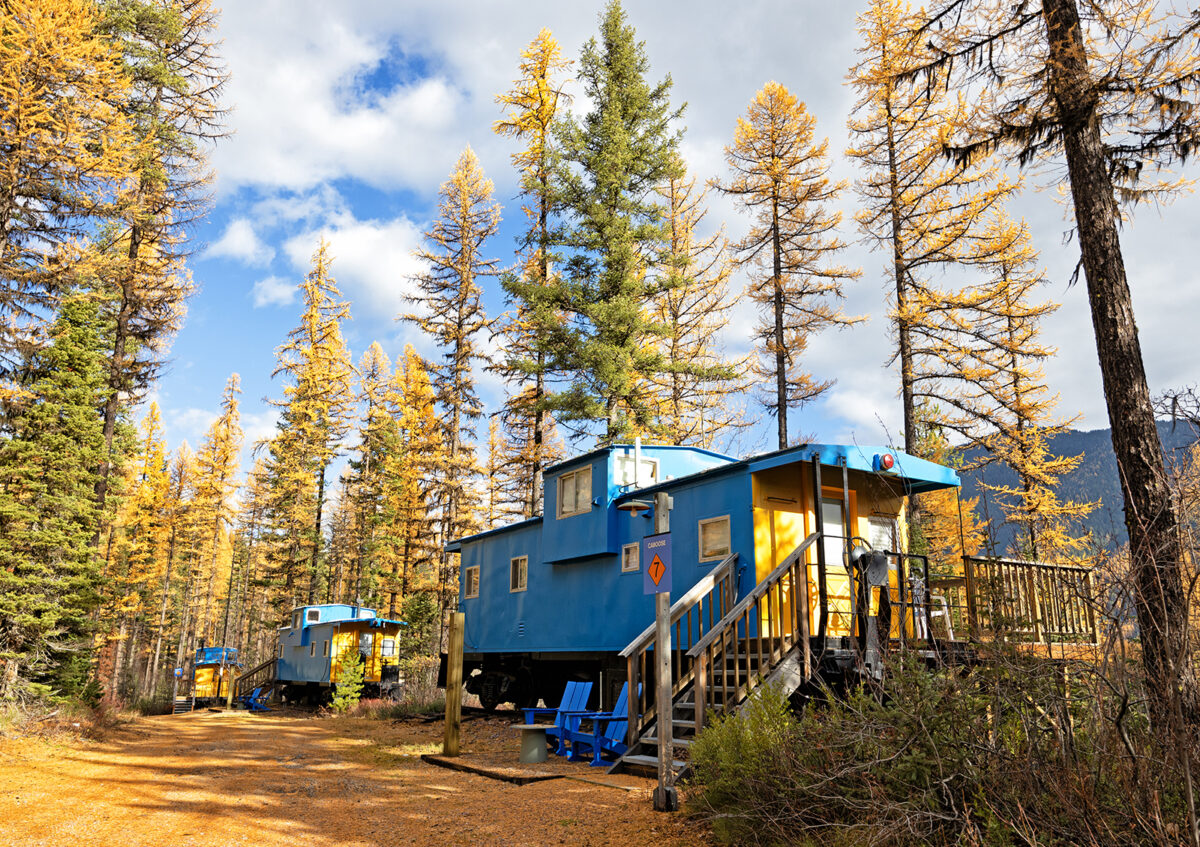
LOGE (pronounced “Lodge” and standing for “Live Outside, Go Explore”) was founded in 2016 with the mission to “find forgotten motels near our favorite towns and trails, and bring them back to life.” The company has properties in Washington, Oregon, California, Colorado and Utah, with additional ones opening soon in New Mexico, North Carolina, New York, Massachusetts, Vermont and Maine.
With so much new development in the area in recent years, some locals and long-time guests raised a concerned eyebrow toward any sudden change at the Izaak Walton. Those concerns were not immediately alleviated when LOGE announced it would be closing the inn for renovations and hosting a sale of many pieces of furniture and memorabilia from inside the old lodge. On June 17 and 18, 2023, hundreds of people descended on Essex to see what souvenirs they could scoop up and visit the inn one last time as it was. After that, a closed sign was hung out front and an air of mystery enveloped the property.
LOGE initially announced the inn would reopen in late 2023, but that was then pushed back to spring 2024 and finally late summer. In August, the newly renamed LOGE Glacier began accepting reservations for cabins and cabooses on the property and, a month later, the 33-room lodge itself reopened. In the weeks since, Lucas Hillman, the general manager, and a staff of 26 — some returning veterans of the inn and some new — have started to get their feet under themselves. Hillman is no stranger to Montana, having grown up in the Bitterroot Valley and attended the University of Montana in Missoula. He’s been with LOGE for four years working at properties across the West. When he learned the company was purchasing a property in Montana, he knew it was his shot to come home.
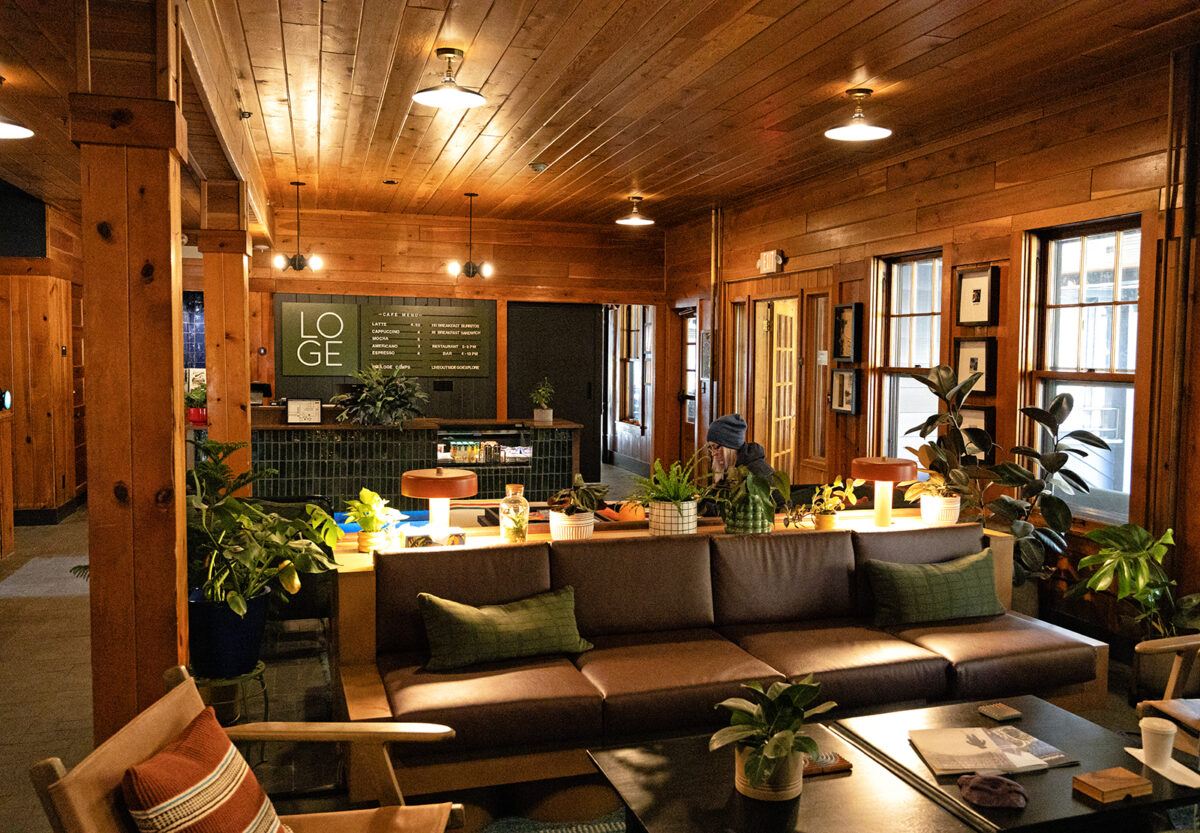
Hillman said being from Montana meant he wasn’t surprised that some were leery of a new company coming in and acquiring a beloved old hotel, but that he trusted LOGE would renovate it right and maintain its promise to not make many dramatic changes.
“They love to find older places that just need a facelift,” he said. “When it comes down to it, we really just did floors, furniture and paint.”
At least that’s what the public will see when they visit. Under the surface, a number of major improvements were made — some of which resulted in the reopening getting pushed back multiple times. The most notable upgrades came to the water and heating systems, the electrical system (it hadn’t been upgraded in years and couldn’t meet modern standards) and the kitchen. While LOGE knew the building needed some work, they didn’t expect the boiler to fail so soon after acquiring the building, something that quickly derailed their timeline to reopen.
The lobby of the lodge has been updated with new furnishings and furniture, although the wood paneling and stone fireplace remain. The front desk remains but it’s no longer where people check-in; instead, LOGE sends key code access information to visitors before they arrive, leaving the desk as a place for visitors to ask questions. People can also buy grab-and-go food at the front desk, including breakfast sandwiches and burritos. The old gift shop is presently being remodeled and Hillman said it will have both gifts and practical items people need for their adventures outside. The restaurant has new furniture and a new menu, but one thing from the old remains: the model train around the perimeter of the ceiling (Hillman said he hasn’t been able to get it running yet, but he’s determined). The restaurant also has a new name: Izaak Walton Restaurant & Bar, a nod to the inn’s previous identity.
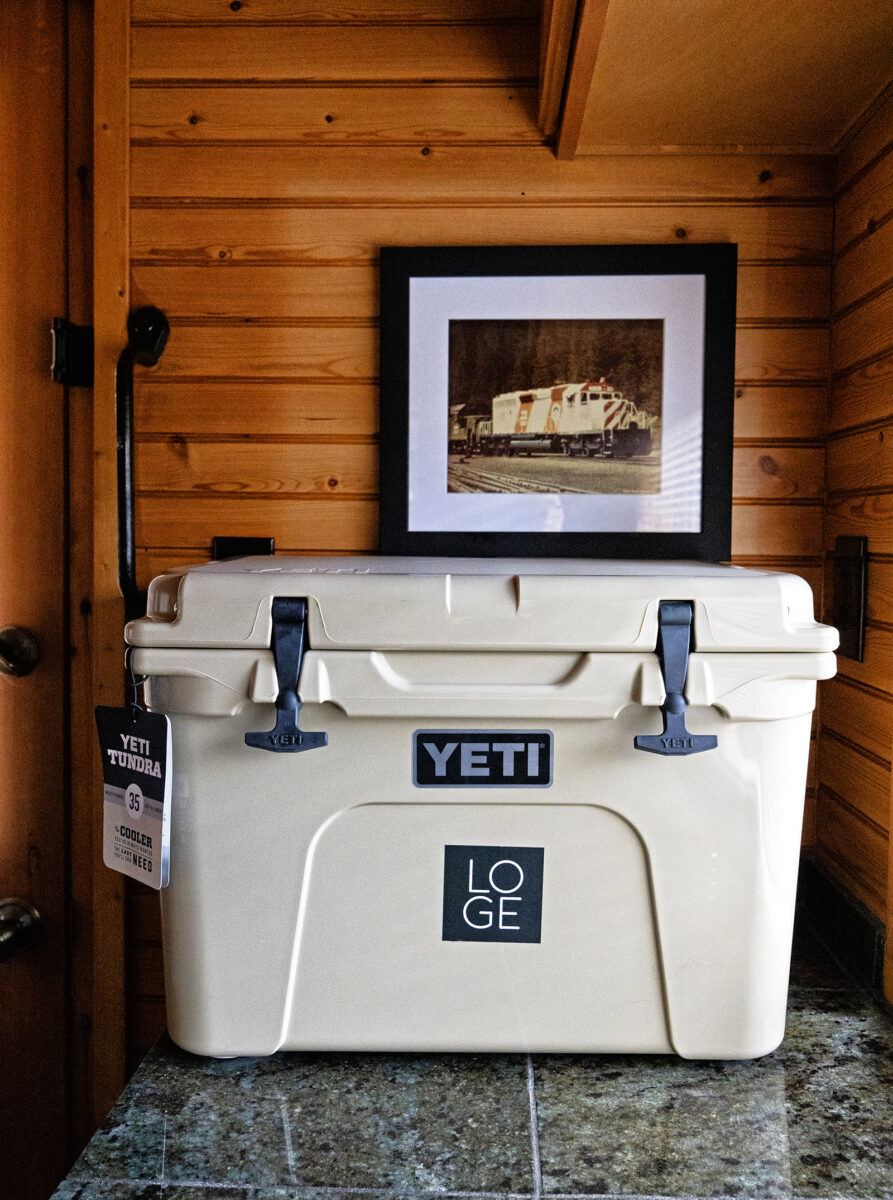
The basement bar has been freshened up, although long-time regulars will recognize much of what remains on the walls; most notably, the old railroad-track diagrams from various locations around Northwest Montana and photos of past train wrecks and battles against Old Man Winter.
The rooms have all been furnished with new furniture and additional touches like a hammock over the bed (that can be hung out of the way) and a YETI hard cooler and boot warmer (standard at all LOGE accommodations). One thing that remains in many of the rooms is the stained glass above the bathroom door adorned with the Great Northern Railway’s iconic goat logo (the goat logo is prevalent throughout the property).
“This place was cozy. It felt lived in and I don’t think we’ve done anything that changes that,” Hillman said. “We love this place, we just wanted to add our own little touches.”
Those touches extend beyond the lodge as well — and not just the wireless internet, which now covers the entire property (previously it was just available in the lodge and mostly in the basement). Most of the cabooses have been given a fresh coat of paint inspired by the locomotive-turned-luxury cabin (the Great Northern 441 “Luxury Locomotive Lodge” is privately owned by a third party but managed by LOGE. It’s been repainted to look like the locomotives that ran through Essex in the 1960s and 1970s). The gear shop, previously stashed in the basement of the lodge, has been moved to the more spacious annex building. From there, people can rent cross-country skis and snowshoes in winter or check out paddleboards, kayaks and bikes in summer (Hillman said everything except cross-country skis, which take a little more maintenance, will be available for free for guests). In the coming months, LOGE also plans on building a new stage in front of the inn for events and an outdoor kitchen for guests. Hillman said he’s also looking forward to hosting more events at the inn, such as gear sales and ski movie nights.
“LOGE’s entire ethos is to bring people together, and this place already did that, so I think it’s really a perfect match for us,” he said.
Hillman said the inn, which will be 86 years old in 2025, “just needed some love” and that he’s pleased with the changes that have been made so far. Changes that he says offer a fresh experience while preserving the things people loved about the Izaak Walton. Hillman said perhaps most importantly, the locals and past guests who loved the inn have also given their approval of what LOGE has done.
“Sometimes we’ll have locals come in and they might have a negative opinion about what has happened,” he said. “But then when they look around a bit they almost always leave with a positive opinion about the changes. That’s been my favorite part so far.”
For more information, visit logecamps.com.
